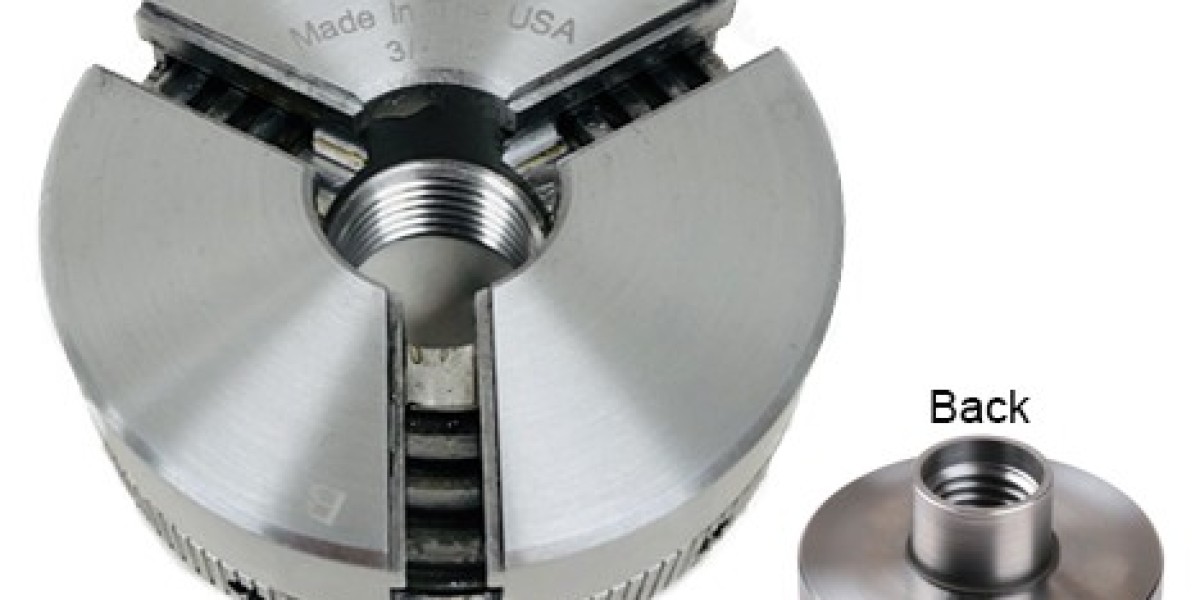A lathe chuck is a fundamental component of a lathe machine, serving as a critical tool for securely holding and rotating the workpiece during machining operations. Its primary function is to firmly grip the workpiece in place, allowing the lathe to shape, cut, and refine the material with precision and control.
The uniqueness of a lathe chuck lies in its adaptability and versatility. It comes in various types, including three-jaw chucks, four-jaw chucks, and collet chucks, each designed for specific applications. For instance, a three-jaw chuck excels at gripping round and hexagonal workpieces, while a four-jaw chuck provides greater flexibility for irregularly shaped items. Collet chucks are ideal for small, delicate components.
The precision of a lathe chuck ensures that the workpiece remains concentric, minimizing runout or wobbling during machining. This concentricity is vital for achieving accurate dimensions and smooth surface finishes. Additionally, the chuck's ability to securely hold the workpiece allows for a wide range of cutting operations, such as turning, facing, threading, and drilling.
In summary, the lathe chuck's unique role as a workholding device contributes significantly to a lathe's precision and versatility, enabling the creation of intricately machined parts across various industries.



